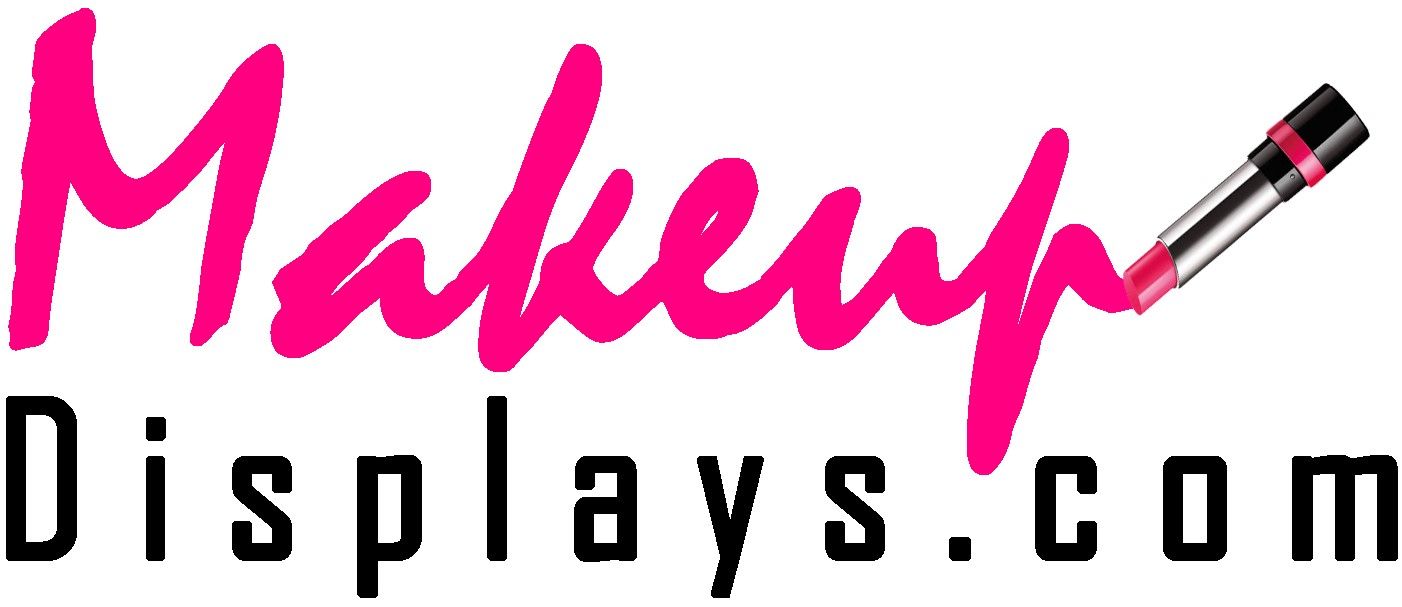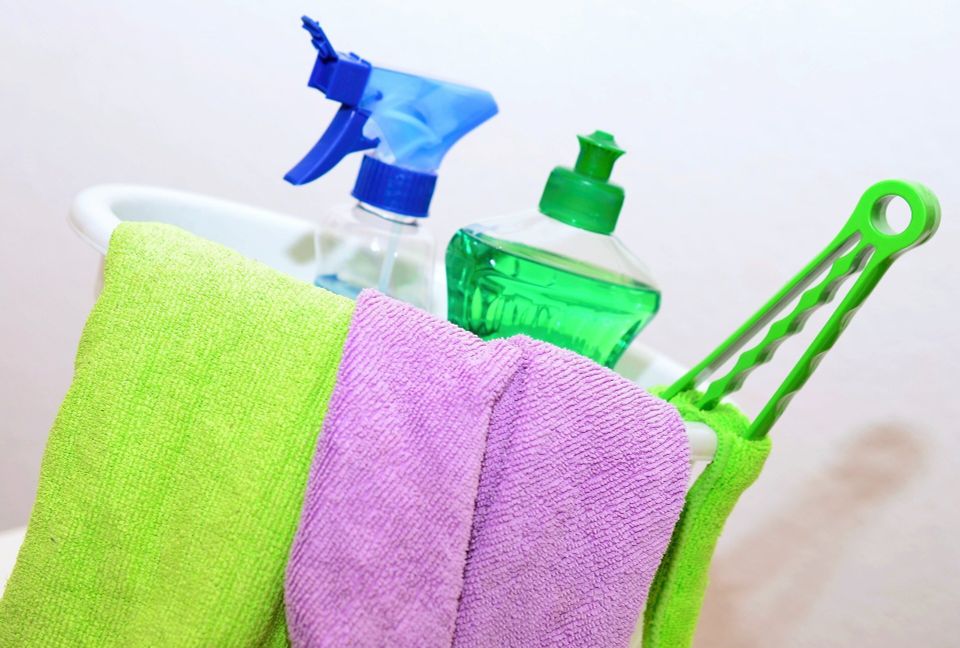Cosmetic Products Purchased in Impulse-Buy Situations

Shoppers are more inclined to make unplanned purchases at physical stores compared with e-commerce sites. While online retail is growing, its impact on impulse purchasing in not as profound. This is because brick-and-mortar stores have more control over consumers shopping experiences compared with e-commerce sites. Retailers can make better layout decisions and have more opportunities to engage people’s senses and to influence consumers’ purchasing decisions.
In recent years, impulsive buying of cosmetics has increased tremendously. Women in every city or region will routinely purchase cosmetic products without any in-depth consideration.
The way makeup looks online can be deceiving, which is why buying makeup in stores is still the go-to, trusted way for people to get the products they need. It’s easier to for people to see if a product is right for them when it is within reach. They can try it on and see the results right away.
One of the many reasons cosmetics and makeup products are especially easy to impulse buy is because consumers commonly have the rational mind-set that they get the benefits of instant use now, and that they’ll use them all up eventually.
Choosing items at an affordable price point that makes the impulse buy seem less of a dent in the wallet (and purse). We put these name-brand cosmetics under their noses at the checkout and watch them fly off the shelves.
A 2016 random sample survey of 1,003 American adults conducted by Princeton Survey Research Associates International and commissioned by creditcards.com showed that:
Because the consumers’ minds have been conditioned to enjoy the novelty of having something new, impulse buying is ingrained in all of us. The mere act of purchasing new items provokes chemical changes in our bodies. Our dopamine levels surge when we take ourselves on a shopping spree.
We are all hardwired to buy. How retailers can get customers to buy more on the fly depends on a strategic addressing of human nature. It’s all about compelling consumers to make a purchase with attractive displays, great selections and low prices. Giving consumers what they want during the magic of the moment.
In recent years, impulsive buying of cosmetics has increased tremendously. Women in every city or region will routinely purchase cosmetic products without any in-depth consideration.
The way makeup looks online can be deceiving, which is why buying makeup in stores is still the go-to, trusted way for people to get the products they need. It’s easier to for people to see if a product is right for them when it is within reach. They can try it on and see the results right away.
One of the many reasons cosmetics and makeup products are especially easy to impulse buy is because consumers commonly have the rational mind-set that they get the benefits of instant use now, and that they’ll use them all up eventually.
Choosing items at an affordable price point that makes the impulse buy seem less of a dent in the wallet (and purse). We put these name-brand cosmetics under their noses at the checkout and watch them fly off the shelves.
A 2016 random sample survey of 1,003 American adults conducted by Princeton Survey Research Associates International and commissioned by creditcards.com showed that:
- Nearly 80 percent of impulse buyers made most of their purchases in a store, which experts attribute to the compelling draw of tangible items opposed to online pictures.
- 54 percent of these shoppers having spent $100 or more on such a purchase.
- 61 percent of consumers ages 18 to 29 routinely buy impulsively for themselves.
- Over 30 percent of all consumers make sizable impulse buys every week, with a median purchase of $30.00.
- Over 40 percent of consumers spend more money than they had planned in stores, while only 25 percent reported online impulse shopping.
- 5 of every 6 participants claim to routinely make impulse buys.
Because the consumers’ minds have been conditioned to enjoy the novelty of having something new, impulse buying is ingrained in all of us. The mere act of purchasing new items provokes chemical changes in our bodies. Our dopamine levels surge when we take ourselves on a shopping spree.
We are all hardwired to buy. How retailers can get customers to buy more on the fly depends on a strategic addressing of human nature. It’s all about compelling consumers to make a purchase with attractive displays, great selections and low prices. Giving consumers what they want during the magic of the moment.





